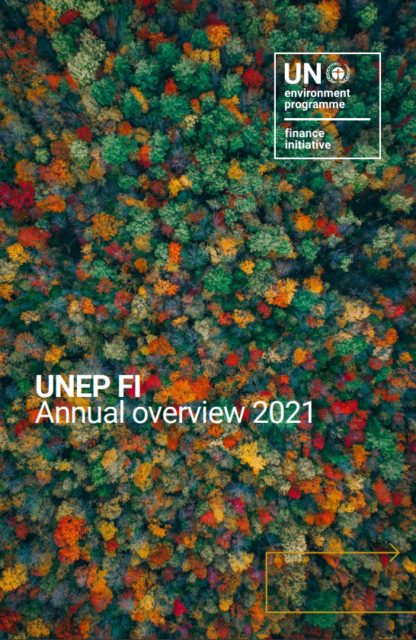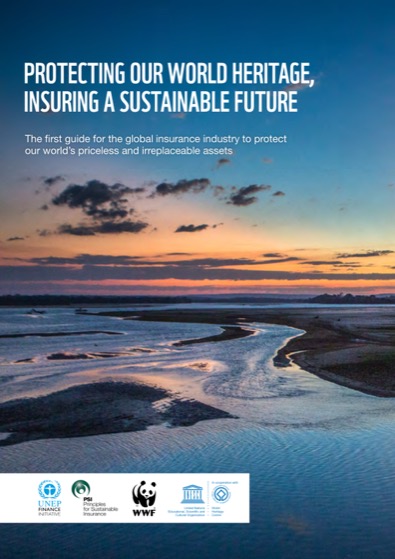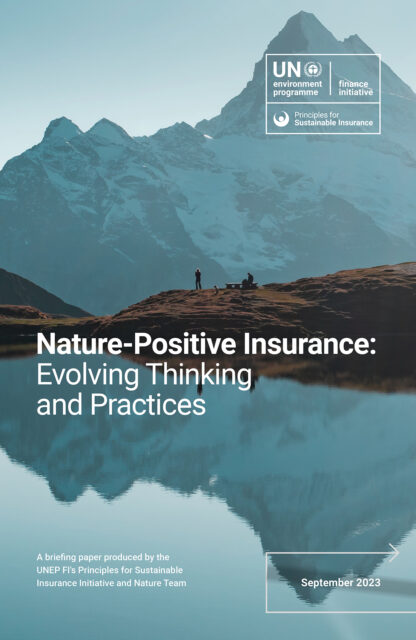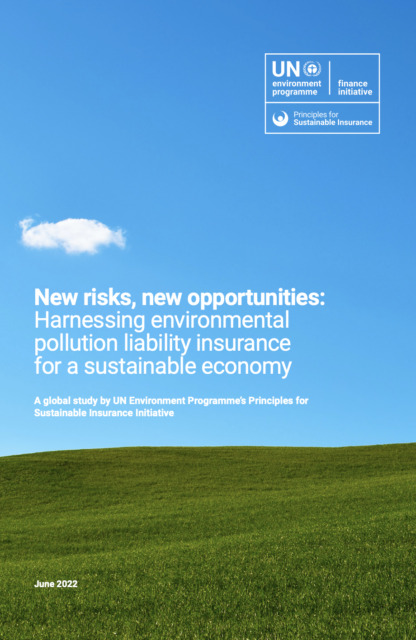Air Quality Alert: The Devastating Consequences of Pollution on Our Health and Insurance Risks
As we breathe in the crisp morning air, it’s hard to shake off the thought of the invisible threat lurking in our surroundings. A staggering 7 million people die each year due to air pollution, with many more suffering from respiratory diseases, heart attacks, and other health issues. The world’s polluted air is no longer just a local problem, but a global concern that threatens the very foundation of our health and wellbeing.

But what exactly does pollution do to our bodies, and how does it impact the insurance business? In this article, we’ll delve into the alarming statistics, explore the alarming health effects of air pollution, and investigate the surprising ways that pollution may be affecting the insurance industry. From the humble beginnings of insurance to the cutting-edge solutions being developed to combat pollution, we’ll examine the intricate connections between our environment, our health, and our bottom line.

Industry Perspectives and Adaptation Strategies
Climate Change Impact on Insurance Practices
Climate change and air pollution are significantly reshaping the insurance landscape. According to the United Nations Environment Programme Finance Initiative (UNEP FI), insurers are now facing new challenges in assessing, pricing, and managing risks associated with these environmental factors. As a result, the insurance industry must adapt its practices to address the growing risks posed by a warming planet and deteriorating air quality.

Innovative Insurance Products and Solutions
In response to these challenges, insurers are developing new products and solutions tailored to address air pollution risks. For instance, environmental pollution liability insurance has been around for several decades, but its full potential remains untapped. A global study conducted by UNEP FI’s Principles for Sustainable Insurance (PSI) revealed that appropriate legal frameworks, strong loss prevention measures, and data availability are critical for the development and expansion of environmental pollution liability insurance markets worldwide.

Case Studies and Practical Implementations
Real-World Examples
Several companies have successfully integrated air pollution risk management into their business models. Unum Group, for example, has implemented a corporate sustainability program that includes addressing climate-related risks and opportunities. The Geneva Association, an international think tank focused on strategically important insurance and risk management issues, also provides a global perspective on climate-related governance and organizational structure.

Best Practices and Lessons Learned
From these real-world examples, several best practices and lessons learned can be gleaned. First, it is crucial for insurers to have a clear understanding of the data and tools needed to manage climate-related risks and opportunities. Second, insurers should develop specific plans to manage climate-related risks and opportunities, integrating these considerations into their governance and organizational structure. Finally, insurers must collaborate with international organizations, such as UNEP FI and The Geneva Association, to stay informed about global trends and developments in environmental risk management.

Strategic Implications for the Future
Long-Term Planning and Risk Management
To effectively manage air pollution risks, insurers must engage in long-term strategic planning. This includes developing comprehensive risk management strategies, integrating climate-related considerations into their corporate governance, and ensuring that their organizational structure supports the management of these risks.

Opportunities for Innovation and Growth
Despite the challenges posed by climate change and air pollution, there are opportunities for insurers to innovate and grow. By developing new products and solutions that address these environmental risks, insurers can tap into new markets and expand their customer base. Additionally, insurers can contribute to the transition to a sustainable economy by supporting companies in their efforts to reduce greenhouse gas emissions and protect biodiversity and ecosystems.
Collaboration and Future Prospects
Industry Collaboration for Sustainable Solutions
Collaboration between insurers and international organizations is essential for addressing air pollution risks. UNEP FI’s PSI Initiative, which includes nearly 300 members worldwide, serves as a global framework for the insurance industry to address environmental, social, and governance risks and opportunities. By working together, insurers can share best practices, develop common standards, and create sustainable solutions for managing air pollution risks.
Future Directions and Policy Recommendations
As the world grapples with the effects of climate change and air pollution, the insurance sector must adapt and innovate. This requires long-term strategic planning, collaboration, and a commitment to sustainability. By embracing these principles, insurers can not only manage air pollution risks but also contribute to a healthier, safer, and more resilient society.
Conclusion
Conclusion: The Air Quality Conundrum – A Wake-Up Call for Insurers
As we wrap up our exploration of the world’s polluted air and its far-reaching implications for the insurance industry, it’s evident that this topic is more than just a passing concern. The consequences of poor air quality on human health, infrastructure, and economic stability are undeniable, and insurers are facing a ticking time bomb. Our discussion has highlighted the compounding risks associated with air pollution, from respiratory diseases and reduced life expectancy to increased claims frequency and severity. Moreover, the financial burden on governments and healthcare systems is substantial, with estimates suggesting that air pollution-related costs could soar to trillions of dollars in the coming years.
The significance of this topic cannot be overstated. Insurers must begin to reassess their risk models and update their policies to reflect the growing impact of air pollution. This may involve revisiting coverage limits, adjusting premiums, and developing new products that account for the increased risks associated with polluted air. By doing so, insurers can not only mitigate their own exposure to risk but also contribute to a more sustainable future. As we look to the future, it’s clear that the insurance industry has a critical role to play in addressing the air quality crisis. By working together with governments, healthcare providers, and other stakeholders, insurers can help drive meaningful change and create a healthier, more resilient world for all.
As we conclude, one thing is certain: the world’s polluted air is no longer just a risk for insurers – it’s a clarion call to action. The time for denial, delay, and inaction is over. Insurers, governments, and individuals must unite to tackle this pressing issue head-on. The future of our planet, our health, and our prosperity depends on it. Will you answer the call?



Add Comment